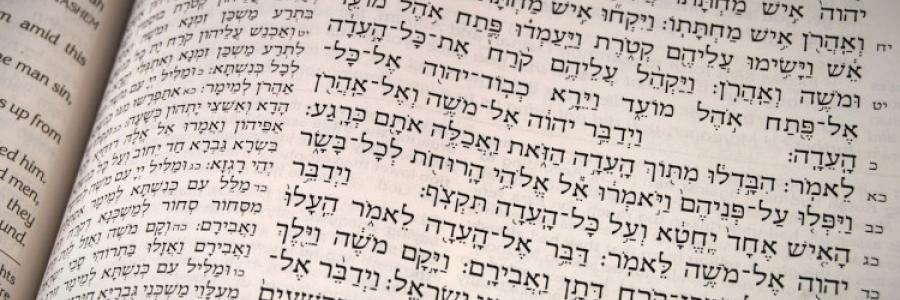Dueling Midrash: Satan vs. Jesus in the Temptation in the Wilderness (Part 2)
Read the series.
(Psalm 2:7-9; Psalm 91:1; Matthew 4:5-7, 10)
In the last installment, we began to ponder the temptation of Jesus from the angle of rabbinic debate and midrash, Satan pitted against Jesus. We introduced this subject and looked at the first temptation of Jesus in the wilderness. Today we will discuss Yeshua’s final two temptations. It is probable Jesus and Satan engaged in much more discussion than is recorded. We must remember that the Gospels are brief summaries.



Discussion